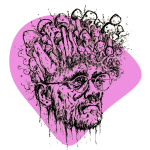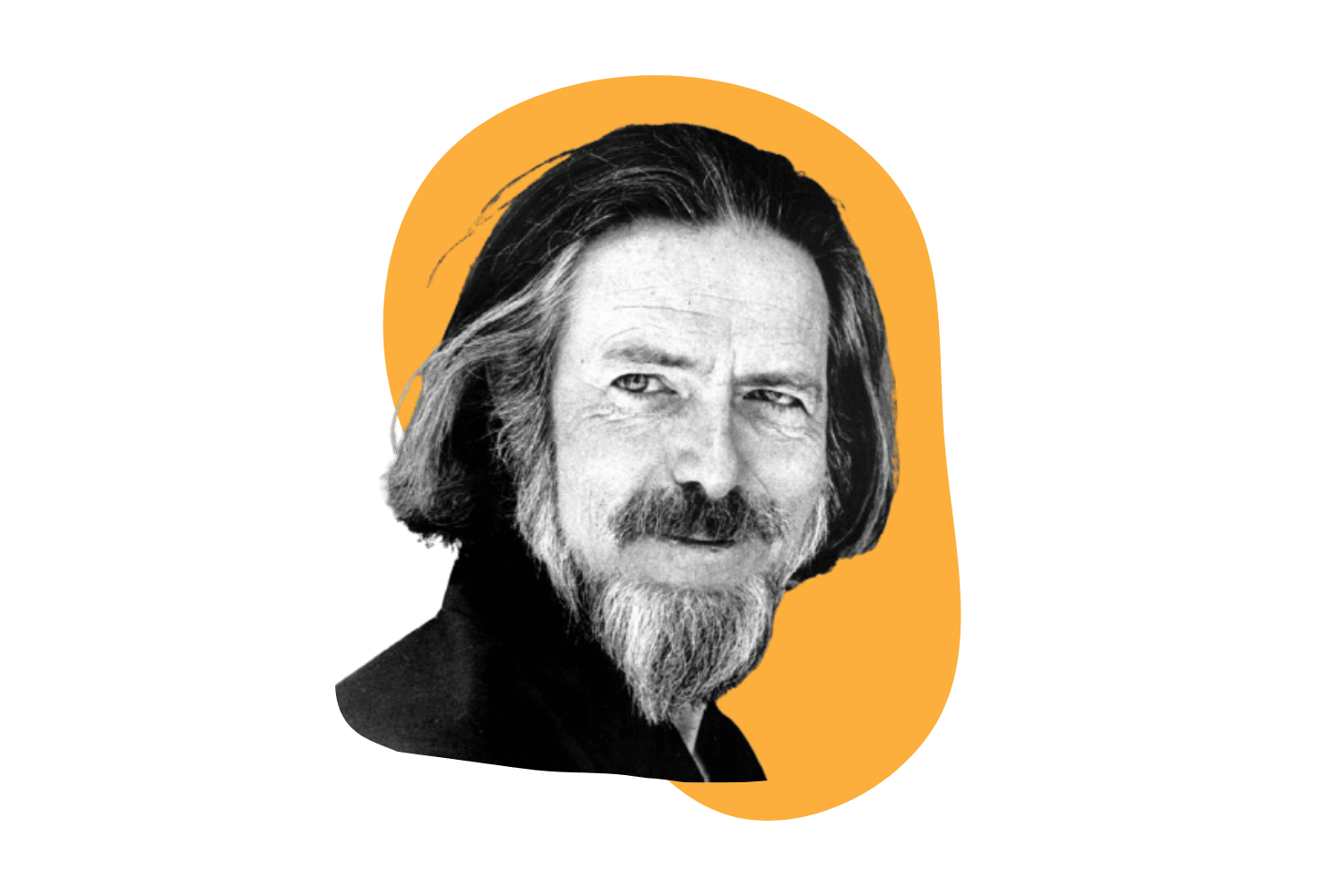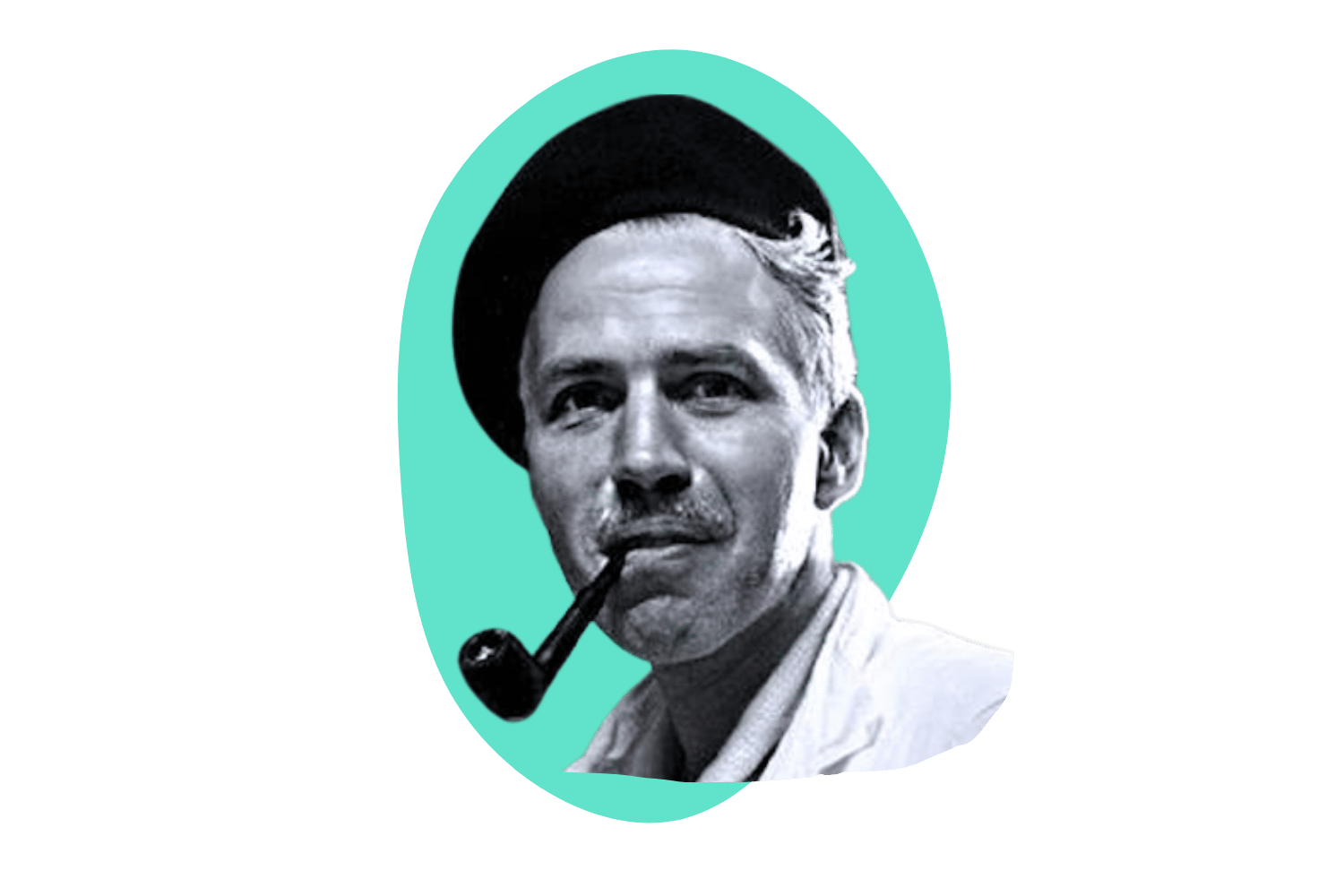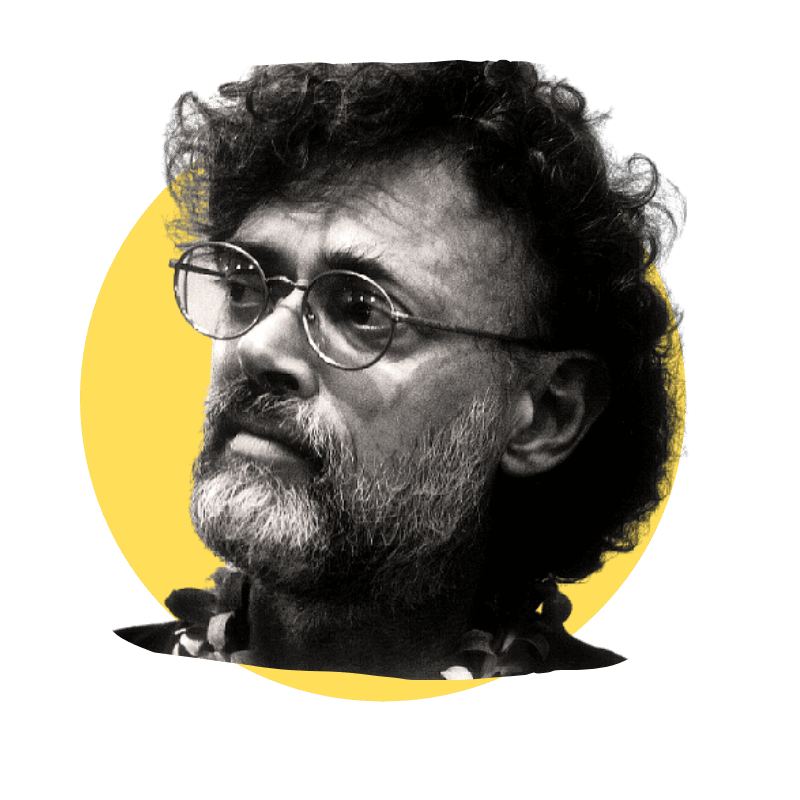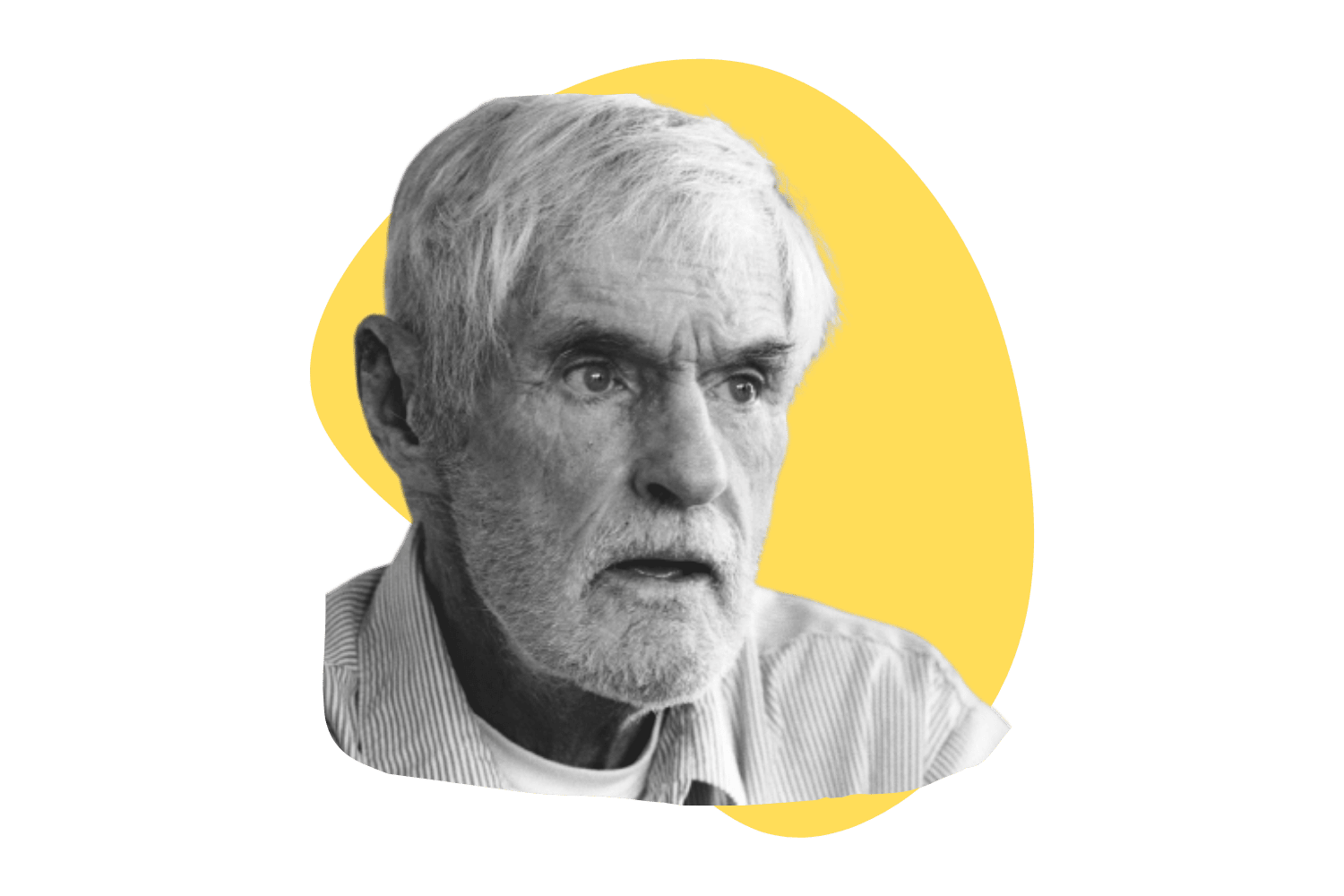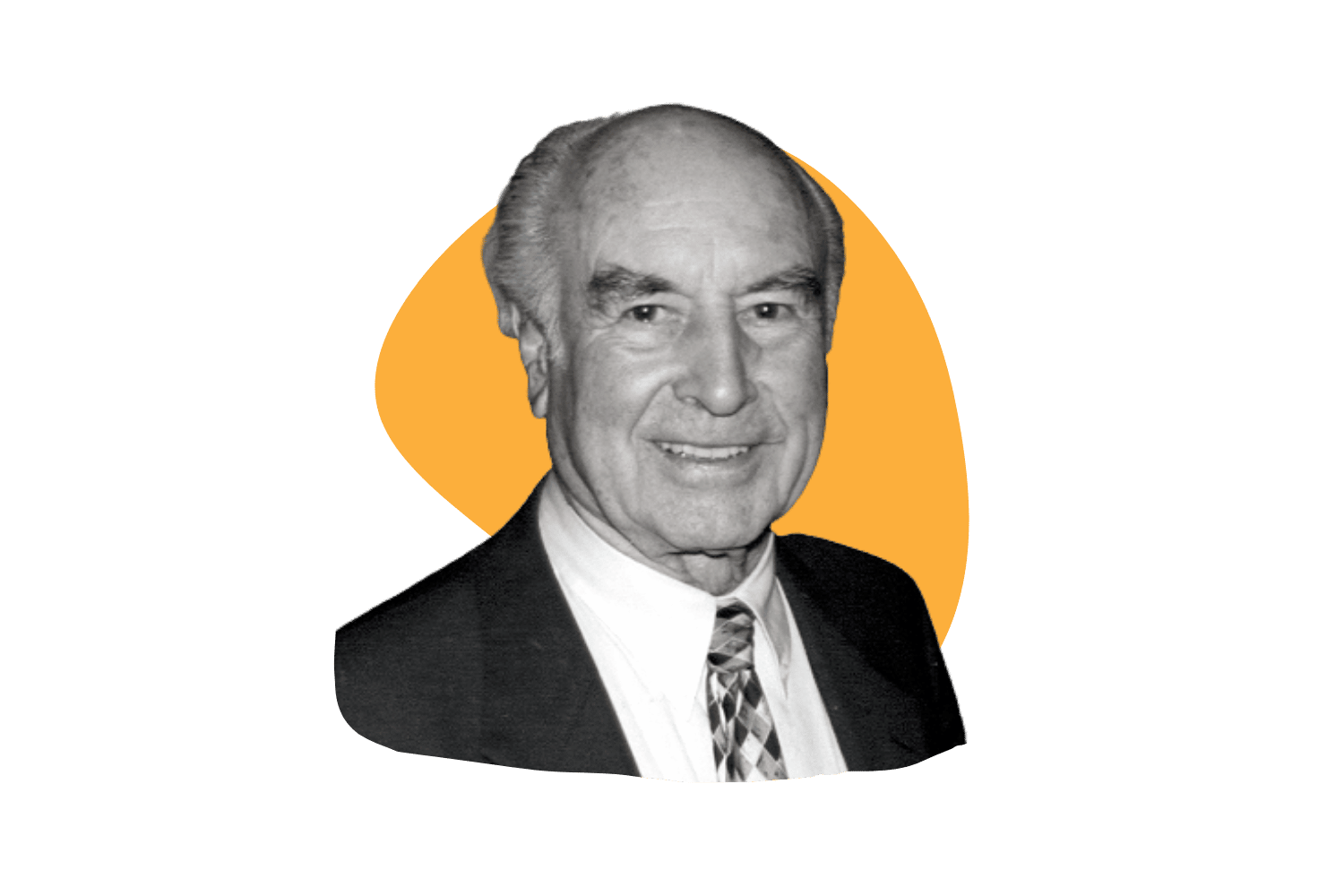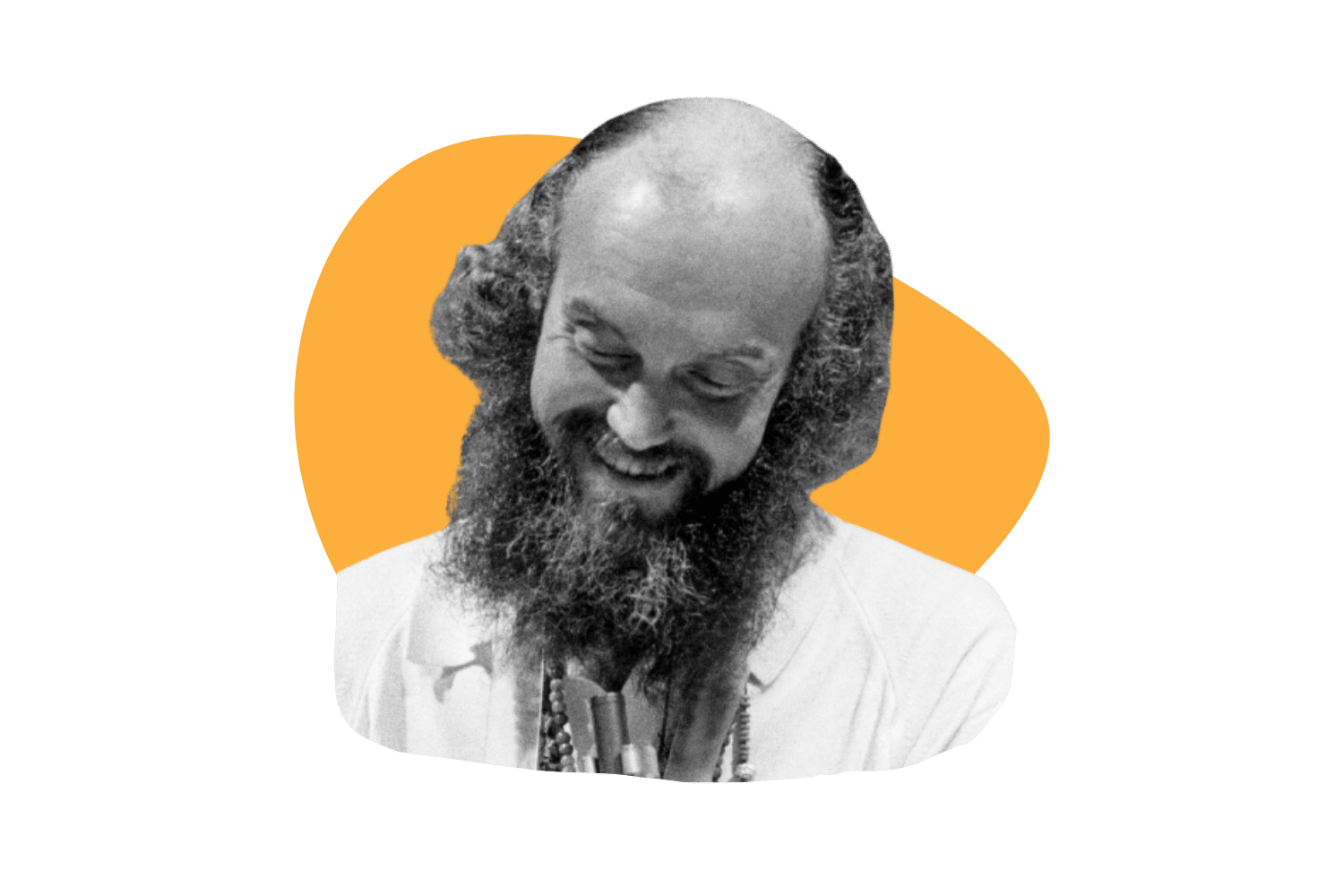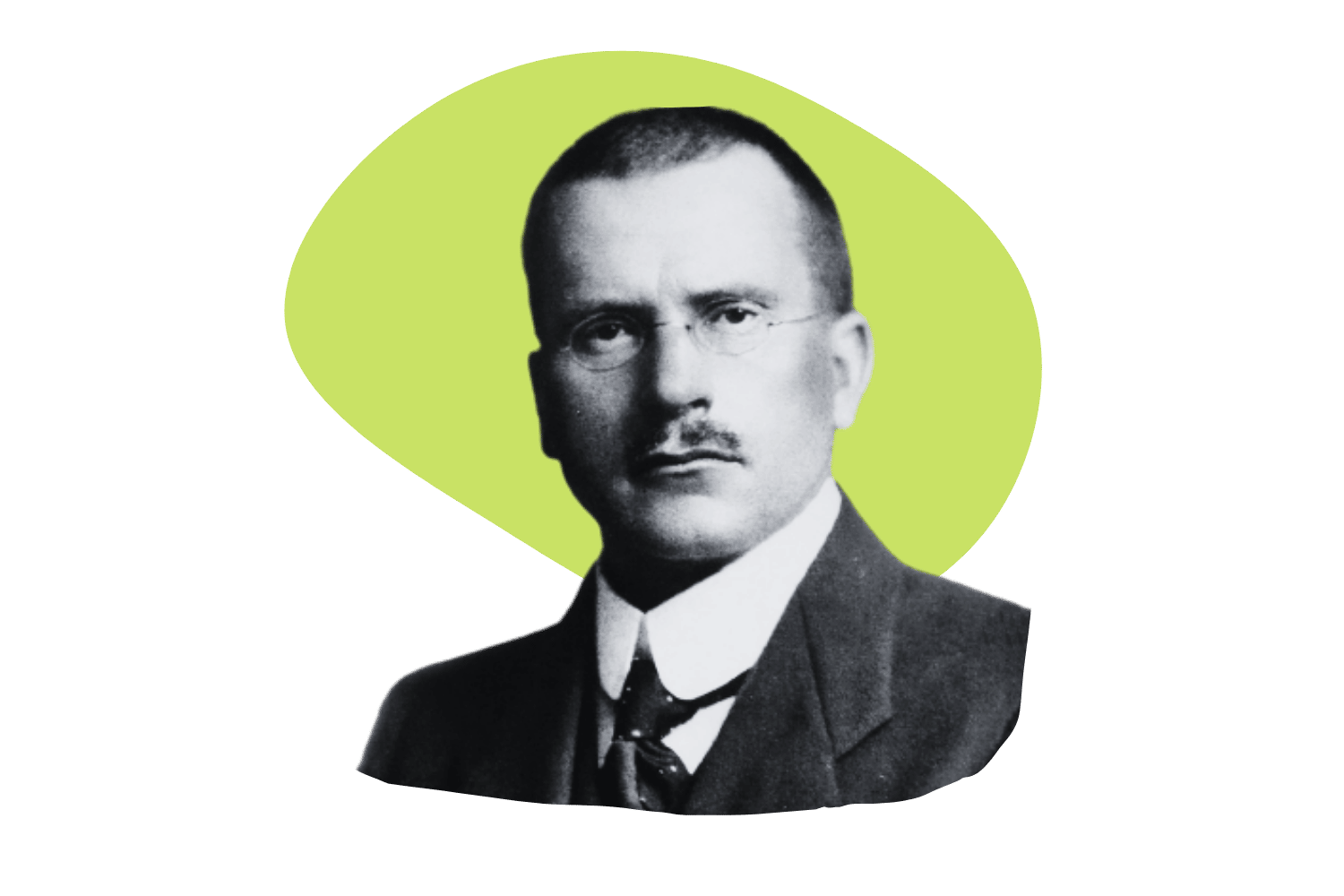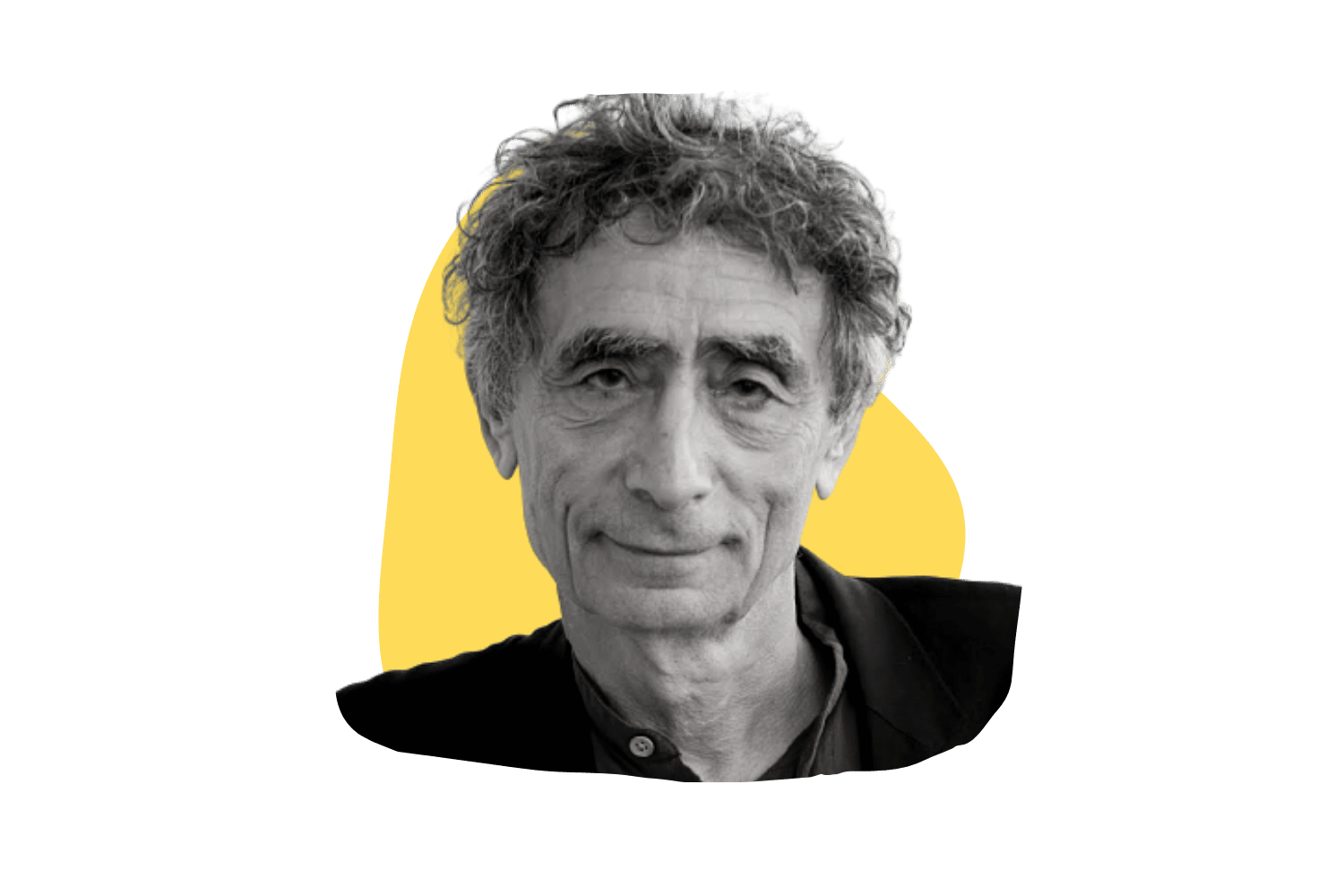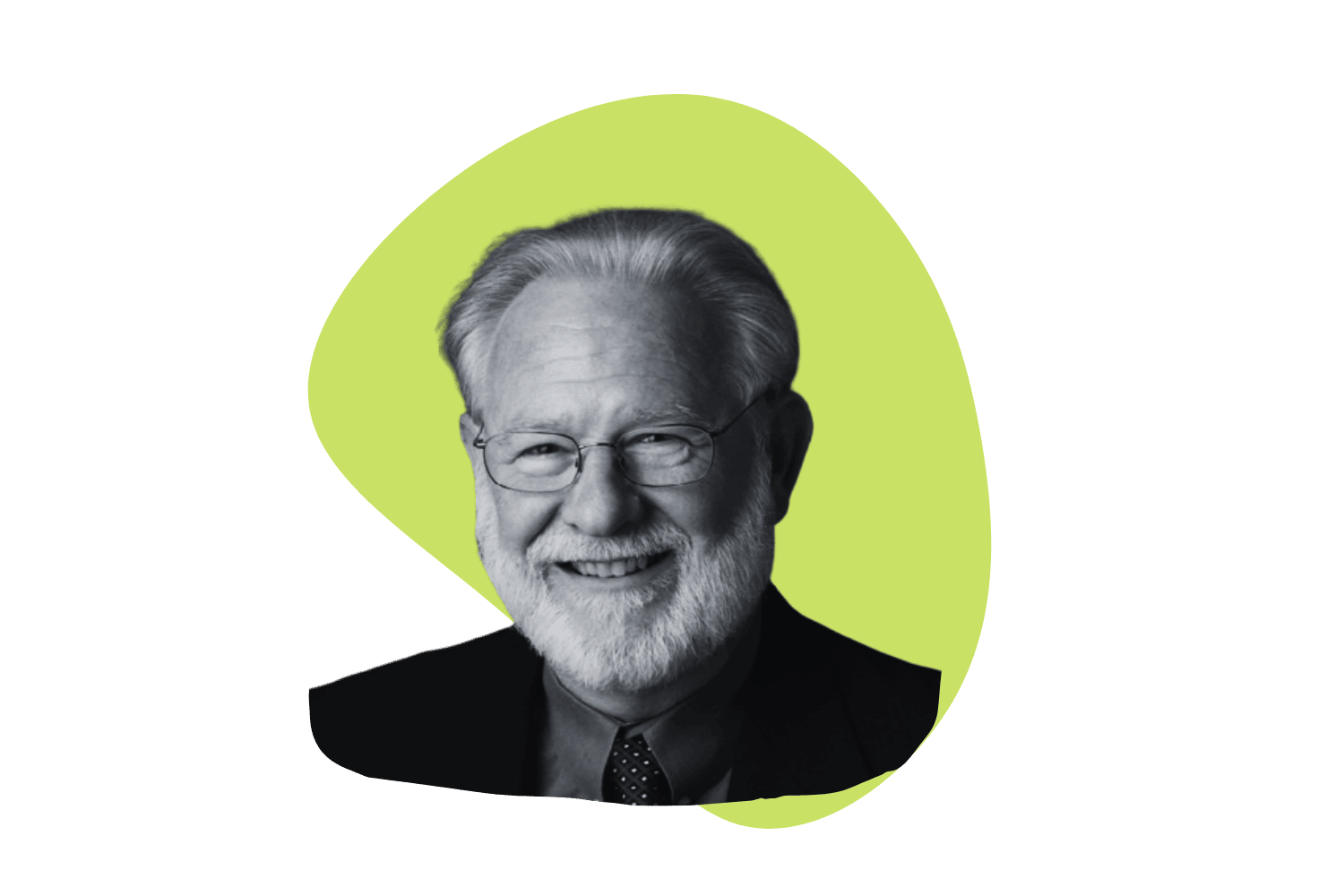List of the Top 10 Most Influential Women in Psychedelics
Women played a crucial role in early psychedelic research — they were the therapists, partners, and scientists behind the scenes. It’s time we recognize and honor their contributions to the field of psychedelics.
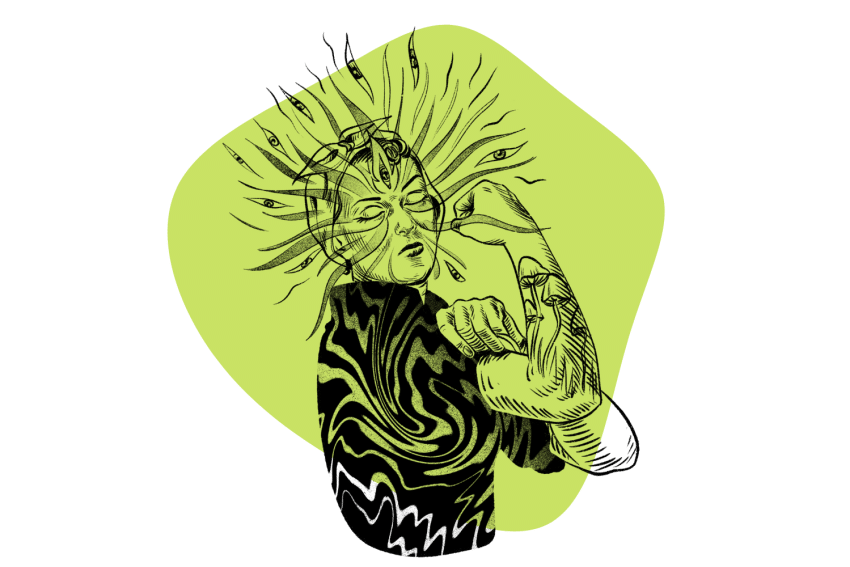
Women have a long history of pioneering the psychedelic push for legalization and research yet receive little recognition compared to men. Systematic omission of their contributions and the harassment, scorn, and trepidation of their male colleagues have suppressed their gifts in the history of psychedelia.
Here’s a non-exhaustive list — countless other women have left an enormous impact on the field — of ten of the most influential women in psychedelics
1. Marlene Dobkin de Rios
Marlene Dobkin de Rios — born in New York in 1939 — graduated high school at 15. She then received a Masters in anthropology, graduating in 1963.
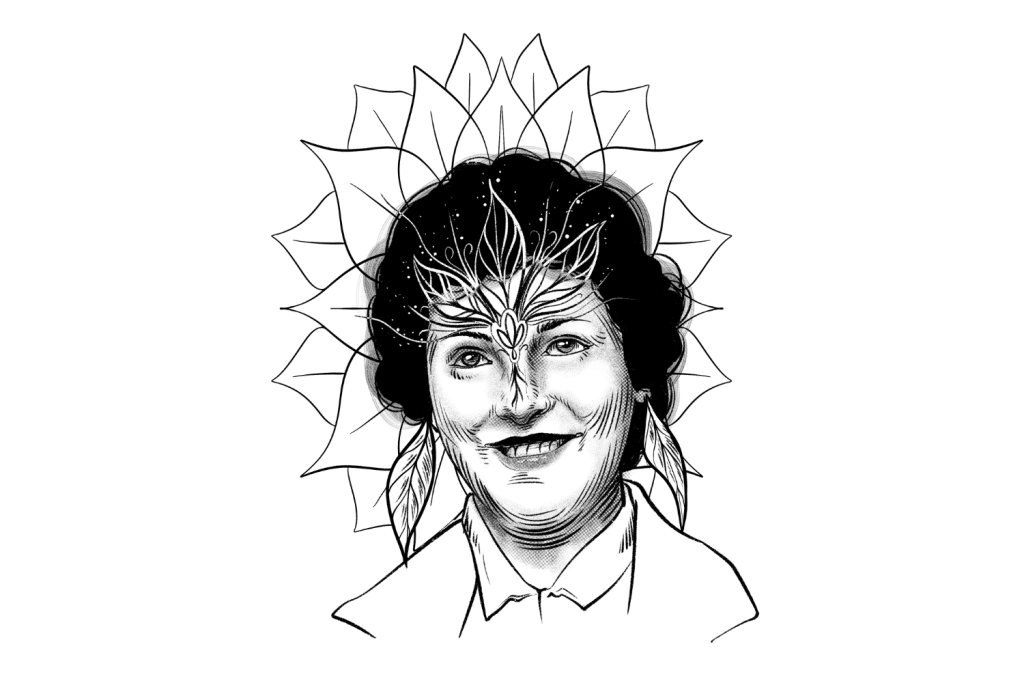
She began fieldwork in Peru while researching for her doctorate, focusing on ayahuasca — a psychedelic brew containing dimethyltryptamine (DMT). While in Peru, she became interested in fortune-telling cards — or, “naipes.” With a knack for divination, she started a fortune-telling business in New York.
Returning to Peru, de Rios conducted a study on her father-in-law, a local “ayahuascero” healer. Before the ceremonies, participants answered 25 questions from Dobkin.
She found nearly all Iquitos residents tried ayahuasca at least once. Her research in Brazil from 1999–2005 on adolescents who participated in ayahuasca ceremonies had lower levels of anxiety, body dysmorphia, and attention issues [1].
She also did private therapy with low-income families [2] and was a professor at Cal State. She has 8 published books and well over 40 research papers.
Importantly — though many celebrate several of de Rios’ contributions — her overwhelming role in the process of the study is a point of critique. She would simultaneously act as a researcher, nurse, and fortune teller, raising questions of safety, ethics, and reliability.
2. Laura Huxley
Born in Italy in 1911, Laura Huxley was a phenomenal violinist who performed for the Queen of Italy before moving to America. As WW2 started, she began studying psychology and alternative medicine, becoming close friends with Aldous Huxley and his then-wife Maria in 1949.
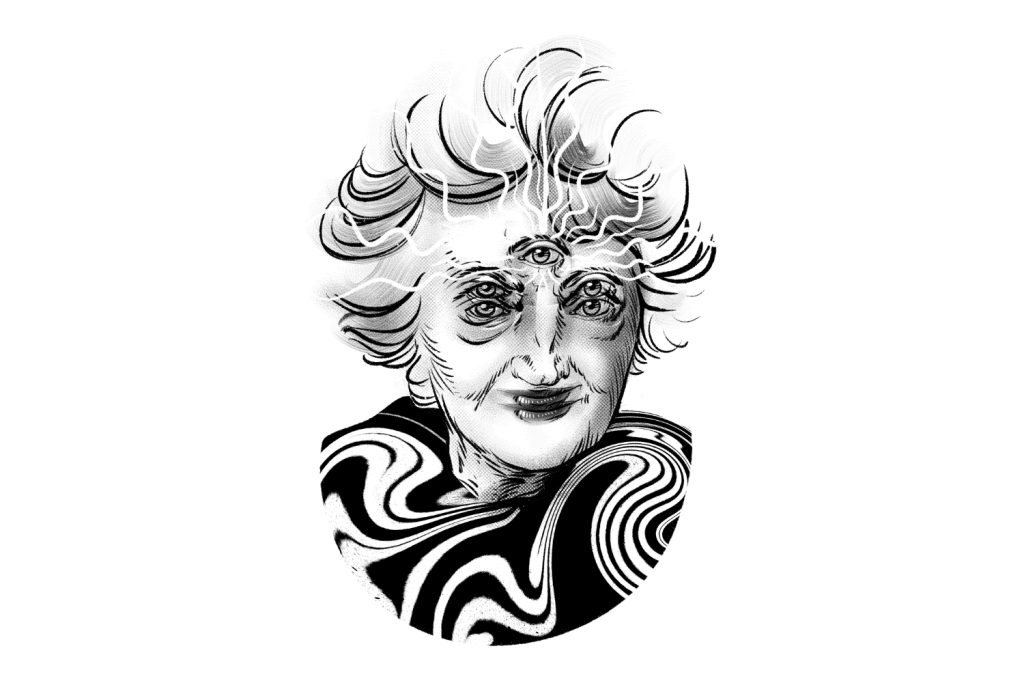
After Maria died from cancer in 1955, Laura and Aldous developed a relationship, marrying the year after at a drive-in wedding chapel. Laura’s first exposure to psychedelics occurred in October 1955 when she trip sat for Aldous on lysergic acid diethylamide (LSD).
The two would share 6-8 more experiences between 1955-1963, after which she published a self-therapy book You Are Not The Target [3]. The book had 33 strategies for finding purpose, changing oneself, dealing with emotions, and acting with love.
Laura also famously injected Huxley with 100μg of LSD on his deathbed at his request. Nurses called the experience “the most beautiful death [4].”
She spent the remainder of her life advocating for using LSD during the process of death. Laura also had a large impact on Huxley’s final novel “Island,” and the book’s understanding of “moshka-medicine” and healing.
3. Mary Barnard
Mary Barnard was born in Vancouver, Washington in 1909 and graduated from Reed College. A few years after, she won several residencies at the artist’s community Yaddo with her poetry entries.
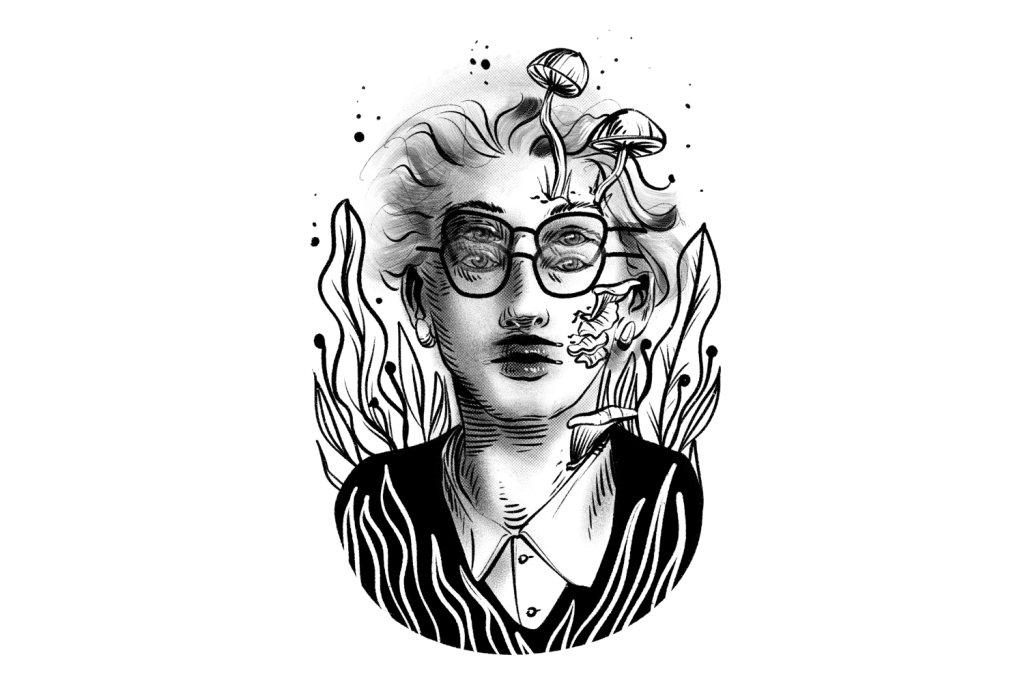
She is best known for her translation of the works of Sappho — a priestess of the Moon goddess who facilitated ceremonies — and her deep interest in psychedelics.
In her essay “The God in the Flowerpot”, she argues that mythological elixirs have origins in real plants and “talking” plants can impart occult knowledge. [5]
Sappho ceremonies involved singing, dancing, and drinking an unknown intoxicating beverage. After learning of magic mushrooms in a now-famous LIFE magazine article, Mary speculated they were the active ingredient in the mysterious beverage.
4. Joan Halifax
Joan Halifax was born in New Hampshire in 1942 and graduated from Tulane University in 1964. While in school, she participated in anti-war and civil-rights movements and became deeply invested in meditation and Buddhism.
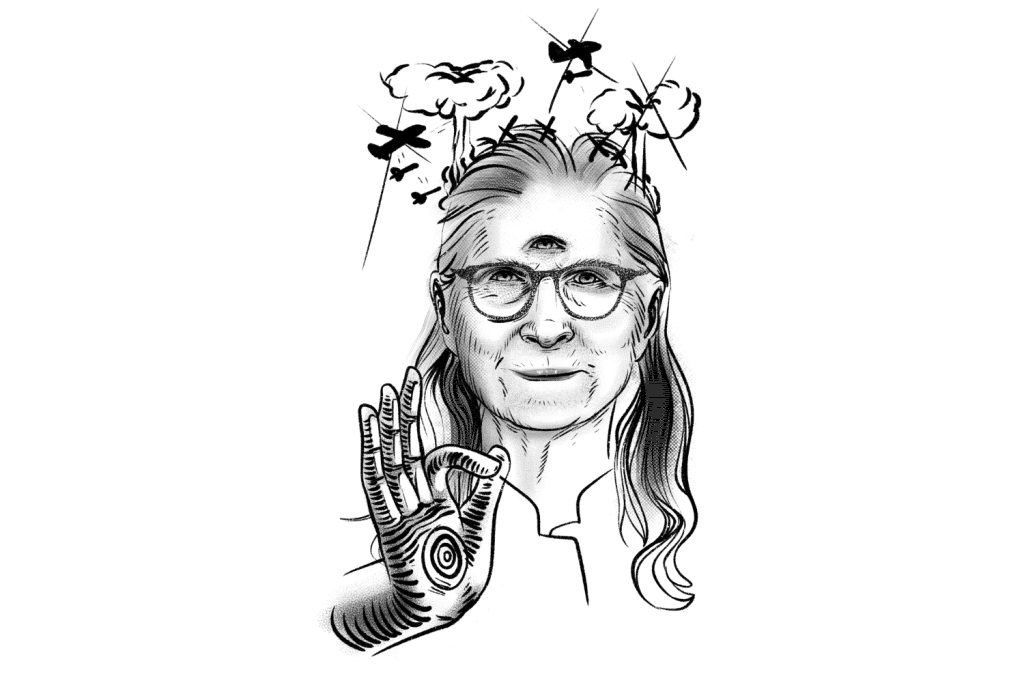
In 1968 she graduated with a Ph.D. in medical anthropology and psychology and spent the early 70s traveling to Mali and Mexico to research indigenous cultures. She entered a brief marriage with LSD psychotherapist Stanislav Grof in 1973 and the two began researching LSD for terminally-ill cancer patients.
Afterward, they published their findings in the book “The Human Encounter With Death [6].” In 1979 Joan founded the Ojai Foundation — an education and interfaith center. She also founded the Upaya Zen Center in 1990 which offers zen training and courses on Buddhism and death.
Halifax lectures about death and Buddhism, and is a pioneer in the field of end-of-life care. She’s received several awards for her social advocacy, ethnobotanical research, and leadership in health care.
5. Amanda Feilding
Amanda Feilding was born in England in 1943 to an aristocratic family that couldn’t afford to heat their manor. Visionary experiences as a child inspired her to study mysticism.
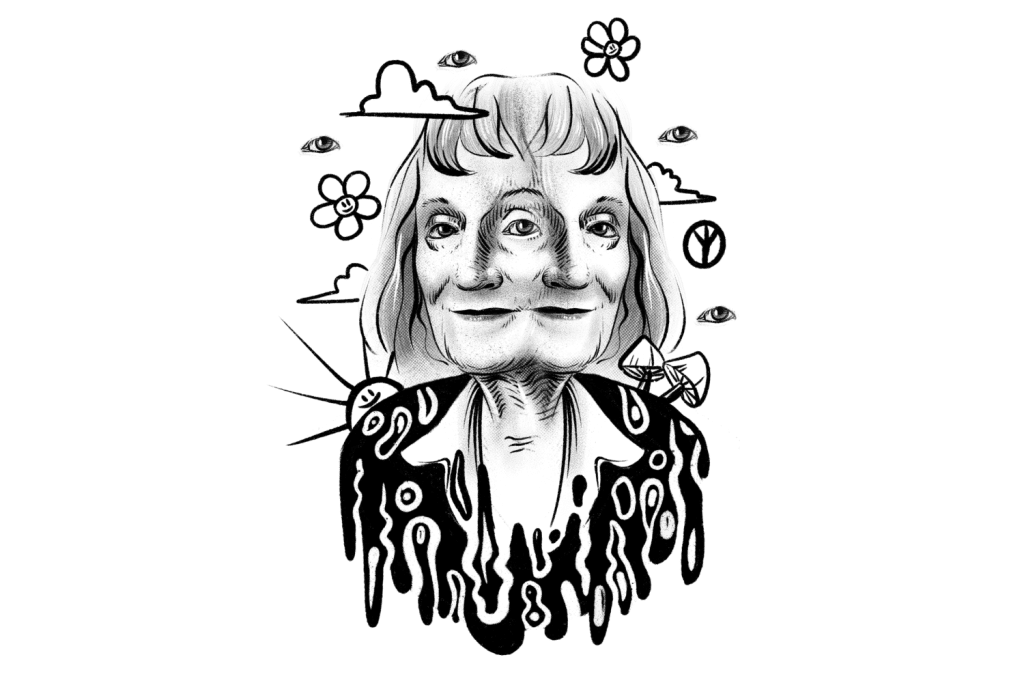
At 16, she dropped out of school and went on an ultimately unsuccessful journey to visit her godfather — a monk in Sri Lanka. After, she returned to the UK and began studying religion and mysticism.
She had her first psychedelic experience at 22 years old after an acquaintance spiked her coffee with LSD. It took her months to recover but after, she began experimenting with LSD microdoses to help her creativity.
In 1998, she founded the Beckley Foundation, which funds research into psychoactive drugs with a focus on psychedelics. Even at 79, she spends 15 hours a day, seven days a week, working to help organize psychedelic research.
6. Betty Eisner
Born in 1915 in Missouri, Betty Eisner earned her Ph.D. in clinical psychology. In November of 1955, she had her first psychedelic experience under the supervision of researcher Sidney Cohen.
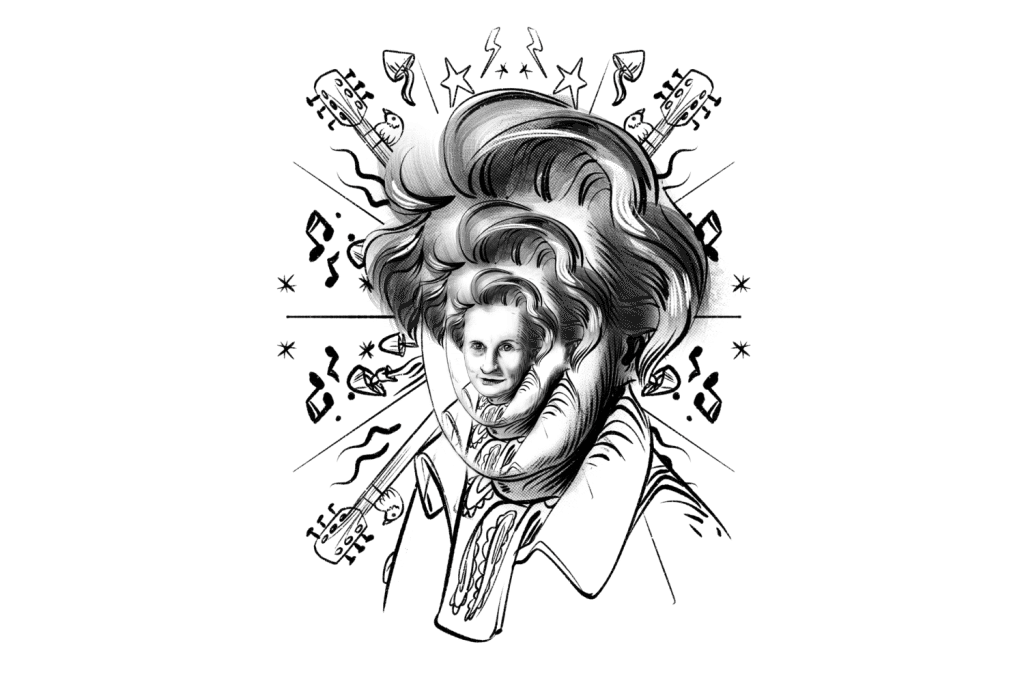
She researched psychedelics until prohibition, wherein she focused on transpersonal psychology, group therapy, and creating intentional communities. She was the first to suggest a male-female diad for psychedelic therapy.
She also ensured patients always had someone with them and wrote about the importance of music. Eisner was the therapist for Alcoholics Anonymous founder Bill Wilson, who believed LSD could assist with the “search for a higher power” in his program [7].
In 1997 Betty proposed a third addition to the concept of the “set and setting” — a new element she called “matrix [8].” Matrix represents environmental factors:
(1) from which an individual comes, (2) in which the individual lives during the time of the sessions, and (3) to which the individual returns after successful therapy
7. Kathleen Harrison
Kathleen Harrison’s trip to Mexico as a child inspired a passion for other cultures, leading to her studying anthropology at Goddard College. Growing up during the 1960s, she was no stranger to the psychedelic experience and was interested in learning more.
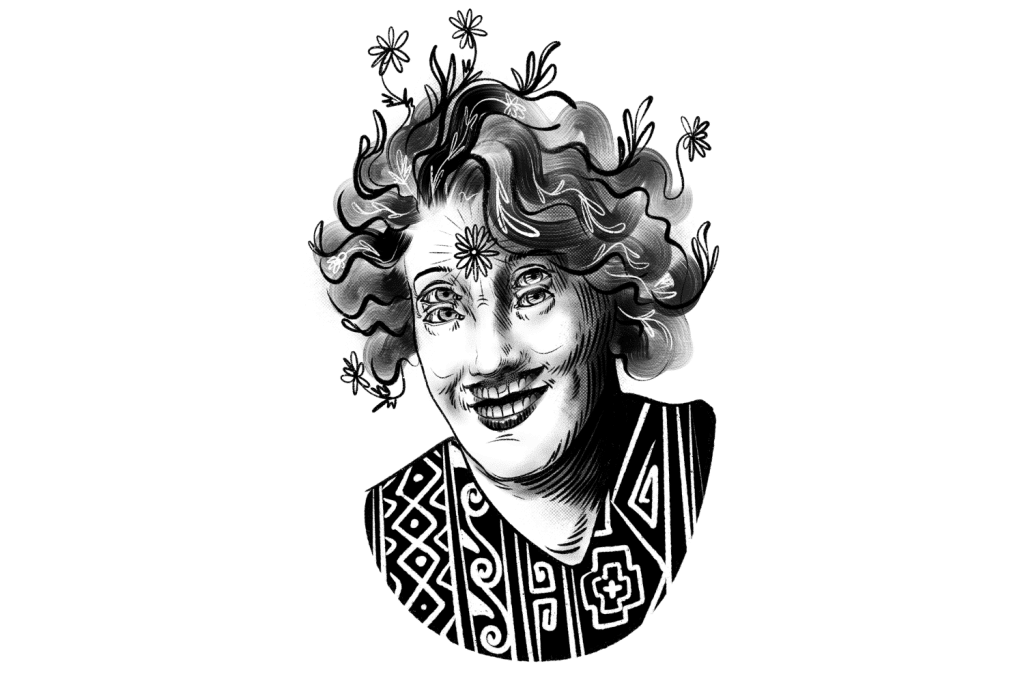
Since the 1970s, she has done fieldwork across Mesoamerica, the Amazon Basin, and the Pacific islands and is a published author and photographer. In 1985 she founded Botanical Dimensions with her then-husband Terrence McKenna.
Their mission is “to collect, protect, propagate, and understand plants of ethnomedical significance and their lore.” Today, Botanical Dimensions leads projects across Hawaii, Peru, Mexico, Costa Rica, and California, all focused on preserving indigenous wisdom and sacred plants.
Kat currently teaches ethnobotany and fieldwork workshops in California and Hawaii. Her classes focus on nature-based worldviews, our role as planetary caretakers, and how to identify and use sacred plants.
8. Ann Shulgin
Ann Shulgin was born on March 22, 1931, in Wellington, New Zealand but grew up in a small village in Italy. Later in her childhood, she lived in the US, Cuba, and Canada before studying art and struggling in love — Ann and four children from three divorces before meeting Sasha Shulgin.
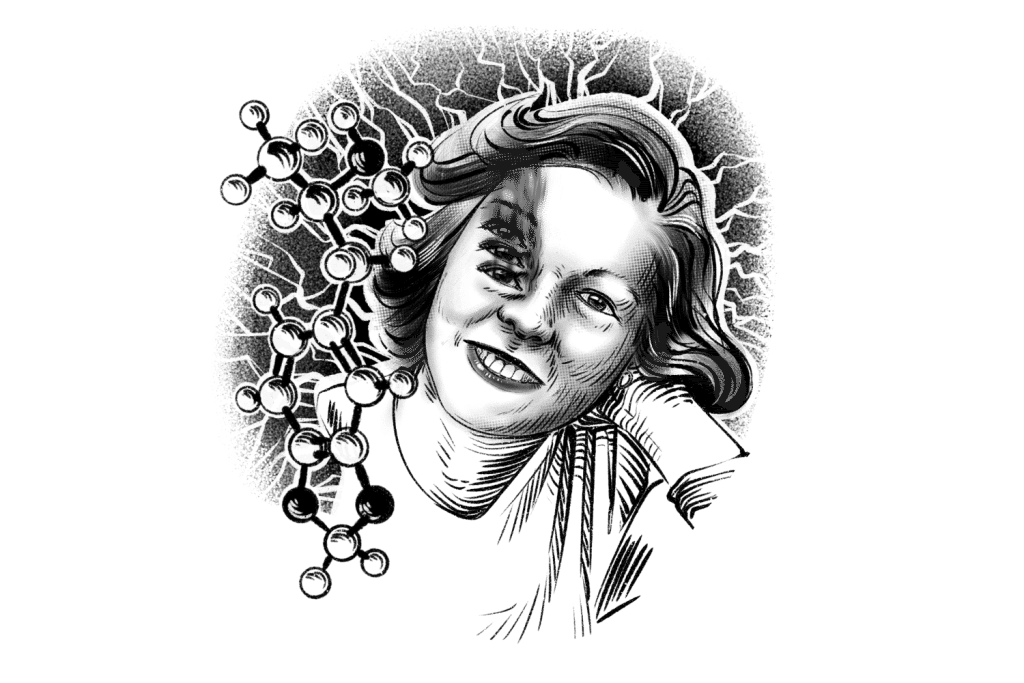
She was working as a medical transcriber when they met in 1978, and they got married 3 years later, in July 1981. As Sasha’s partner, she participated in 2,000+ psychedelic experiences — mostly compounds Sasha himself invented.
When Sasha created a new drug, the two would try small doses until it had an effect. If the effects were pleasant, they would share the chemical with their “research group,” made up of friends who were chemists, psychiatrists, and/or anthropologists.
They also published their findings in the books, Phenethylamines I Have Known and Loved (or, “PIHKAL”) and Tryptamines I Have Known and Loved (“TIHKAL”) [9, 10].
Of their relationship, Ann would say, “We both have the same interests, but our viewpoints are different: He has the scientific viewpoint, and I have the psychological and the spiritual. We supplement each other in our writing.”
If Sasha is the grandfather of 3,4-Methylenedioxymethamphetamine (MDMA), Ann was the grandmother. Without any classical training, she considered herself a lay therapist of Jungian traditions.
She facilitated hundreds of MDMA sessions and shared the drug with other therapists.
9. María Sabina
María Sabina, born in Mexico in 1894, first used her shamanistic abilities at 8 years old when her uncle fell gravely ill, and the shamans were not finding success in treating him. María collected mushrooms and consumed them at her uncle’s house, asking them for guidance.
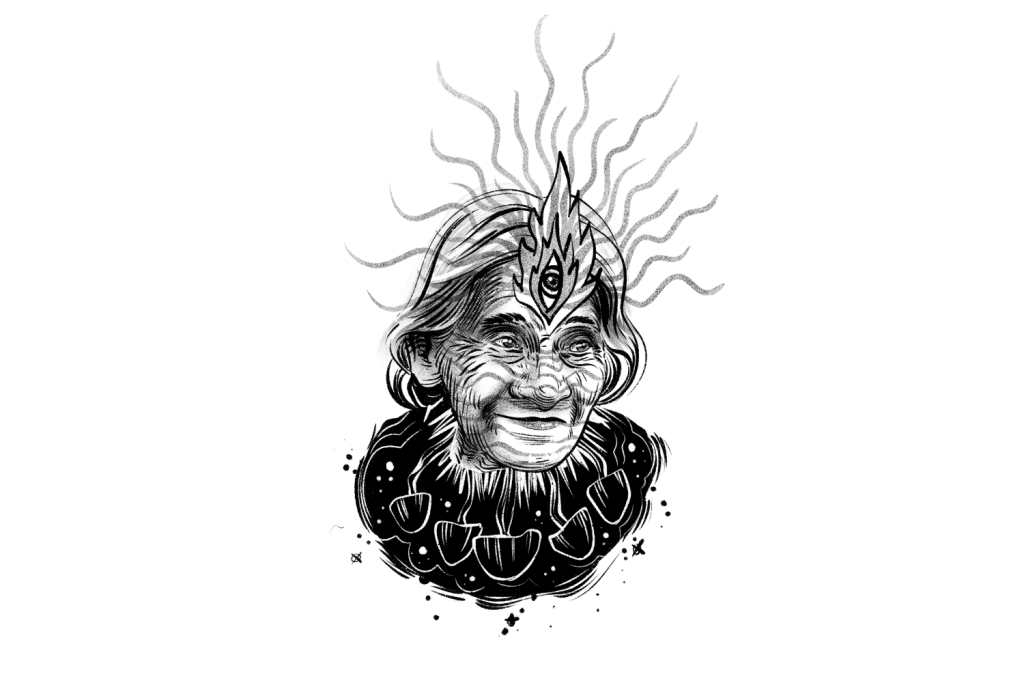
They (the mushrooms) told her about a different herb, which she collected and gave to her uncle, curing him. Sabina became a curandera — or shaman — in her small village of Huautla de Jimenez, healing everyone who came her way.
In June 1955, a white banker named R. Gordon Wasson visited her, convinced her to allow his participation in a mushroom ceremony, and changed everything forever [11, 12]. Despite a promise to keep her information private, Wasson published his story in one of the most popular outlets of the day — LIFE Magazine.
The betrayal of María’s act of kindness sent reverberations of terrible effects through her life.
Neighbors were frustrated by the increased tourism and amount of people who weren’t respecting the medicine they held dear. Then, federal agents accused her of drug trafficking, raiding her house.
Eventually, neighbors would finish the job of federal agents and burn her home down. She died with very few possessions, outcast and destitute.
The woman who introduced the modern world to psilocybin gave everything she had. We should remember and honor her as a poet, healer, and mystic and deeply consider this initial betrayal’s impact on psychedelia today.
10. Dr. Friederike Meckel Fischer
Dr. Friederike Meckel Fischer began in labor medicine before retraining as a psychotherapist. The change was inspired by the belief that a patient’s surroundings are the ultimate root of all their problems.
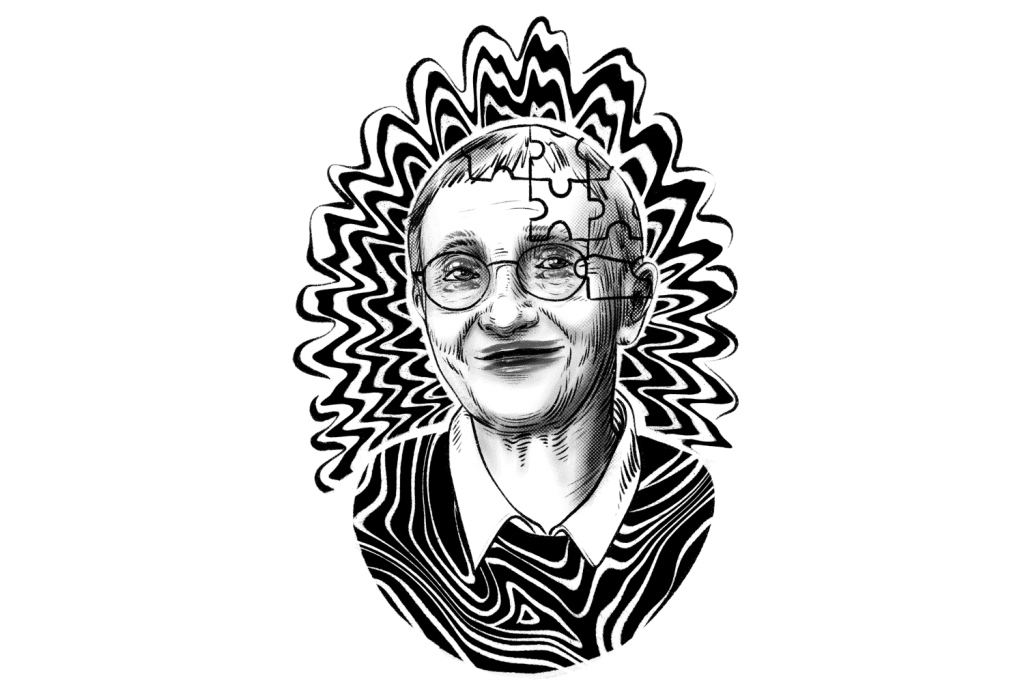
As a psychotherapist, she tried many therapies: hypnotherapy, transpersonal, systemic, behavioral, and IFS. It wasn’t until holotropic breathwork that she found what she was looking for.
After training as a breathwork practitioner, a mentor invited her to try psychedelic therapy. Throughout roughly 12-weekend group sessions, Fischer dove into her inner world and believed she found a new tool for therapy.
When a zen master mentioned meditation students were “stuck”, Fischer volunteered to facilitate MDMA sessions. Within months, she was gaining a reputation for them and began offering the service to her psychotherapy clients as well.
Each person she worked with had a private MDMA session with her before they entered group sessions. Fischer encouraged clients to participate in psychotherapy only when they wanted.
She found this was most effective for healing. She primarily used MDMA but used other psychedelics like LSD and 4-bromo-2,5-dimethoxyphenethylamine (2C-B.)
After a client turned on Fischer, she underwent a year of police surveillance before police would finally arrest her in 2009 for LSD possession and trafficking. Her punishment was 13 days in custody and 2 years of probation thanks to a huge number of supportive letters from clients and colleagues.
Suppressing the Deep Influence of Women in Psychedelics
These 10 women made an indelible impact on the field of psychedelic research, healing, and advocacy. While doing so, they demonstrated immense resilience in the face of institutional and societal obstacles.
The common thread these women share is that they were behind the scenes, compared to their male contemporaries, who received more attention from the media.
From Sabina’s mushroom healing to Eisner’s suggestion of music during therapy, these women have a tireless impact. As we look toward the future, we should recognize their achievements and build on their legacy.
References:
- Da Silveira, Dartiu Xavier, et al. “Ayahuasca in Adolescence: A Preliminary Psychiatric Assessment.” Journal of Psychoactive Drugs, vol. 37, no. 2, June 2005, pp. 129–33. Taylor and Francis+NEJM, https://doi.org/10.1080/02791072.2005.10399792.
- Dobkin De Rios, Marlene. “What We Can Learn From Shamanic Healing: Brief Psychotherapy With Latino Immigrant Clients.” American Journal of Public Health, vol. 92, no. 10, Oct. 2002, pp. 1576–81. DOI.org (Crossref), https://doi.org/10.2105/AJPH.92.10.1576.
- Huxley, L. A. (1974). You are not the target. Wilshire Book Company.
- Campbell, N. (2017). Letters of Note: Correspondence deserving of a wider audience.
- Barnard, M. (1963). The God in the flowerpot. The American Scholar, 578-586.
- Grof, S., & Halifax, J. (1977). The human encounter with death (pp. 63-108). New York: EP Dutton.
- Lattin, D. (2012). Bill Wilson, LSD and Role that Psychedelics Played in the History of Alcoholics Anonymous.
- Eisner, B. (1997). Set, setting, and matrix. Journal of Psychoactive Drugs, 29(2), 213-216.
- Shulgin, A. T., & Shulgin, A. (1991). PIHKAL: a chemical love story (Vol. 963009605). Berkeley, CA: Transform Press.
- Shulgin, Alexander, and Ann Shulgin. TIHKAL: the continuation. Vol. 546. Berkeley, CA: Transform Press, 1997.
- Erowid Psilocybin Mushroom Vault : María Sabina: Saint Mother of the Sacred Mushrooms. https://erowid.org/plants/mushrooms/mushrooms_article6.shtml. Accessed 6 Apr. 2023.
- “Seeking the Magic Mushroom.” Trippingly, 1 Feb. 2021, https://www.trippingly.net/lsd/2018/5/14/seeking-the-magic-mushroom.
